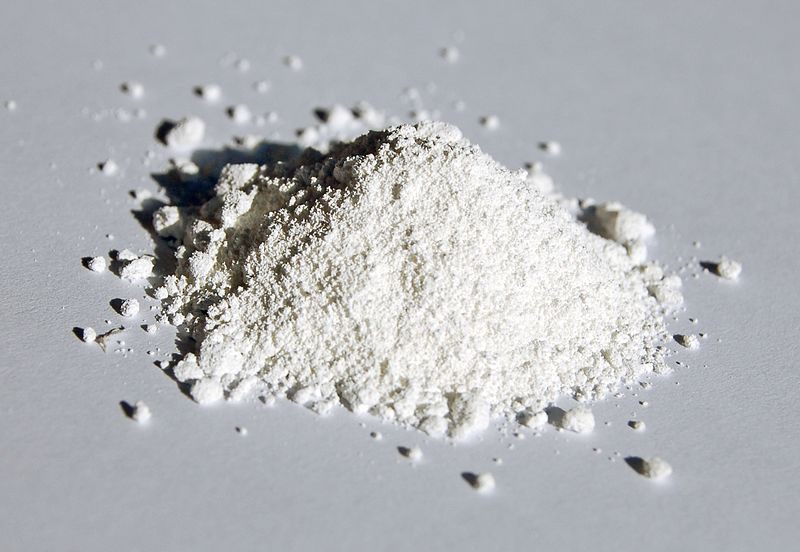Found: A Planet Where It Snows Sunscreen’s Active Ingredient
Only on the planet’s dark side, though.

For many people in the world, titanium dioxide is just another chemical compound, but those of us with distressingly pale, burns-after-10-minutes-in-the-sun skin know it as the active compound in sunscreen. (The good type! The type less likely to give you some other form of cancer.)
Because the universe is weird and wild, it turns out there is an exoplanet far out in space where titanium dioxide naturally occurs as snow.
Ironically, this “sunscreen” snow only forms on the planet’s dark side.


Kepler-13Ab, one of the 2,337 confirmed exoplanets discovered using the Kepler space observatory, is in a solar system 1,730 light years from us. It is a large, gaseous planet, about six times the mass of Jupiter, but it’s a type of planet called a “hot Jupiter.” In fact, Kepler-13Ab, where temperatures reach 5,000 degrees Fahrenheit, is one of the hottest exoplanets yet discovered.
Part of the reason the planet is so hot is that it’s incredibly close to its star—so close that it doesn’t rotate like the Earth does. Instead, one side is always facing the sun, and the other side always facing away from the sun.
Astronomers at Penn State were intrigued by a surprising feature of the planet. On other hot Jupiters that astronomers have observed, the atmosphere is warmed at higher altitudes. On Kepler-13Ab, the opposite was true—the atmosphere was cooler at higher altitudes. What was happening?
Usually, hot Jupiters have titanium dioxide gas in their atmospheres, which absorbs energy and heats up the upper atmosphere. On Kepler-13Ab, the astronomers think that the planet’s strong winds blow all that gas over to the dark side of the planet, where it condenses into clouds of sunscreen snow.
Calling this “sunscreen snow” is, of course, mostly clever packaging: Rubbing pure titanium dioxide snow onto your face probably would do something weird and gross to your skin. But it’s fun to imagine a future where it’s somehow energy efficient to be harvesting pure titanium dioxide from this strange planet quadrillions of miles away from us.









Follow us on Twitter to get the latest on the world's hidden wonders.
Like us on Facebook to get the latest on the world's hidden wonders.
Follow us on Twitter Like us on Facebook